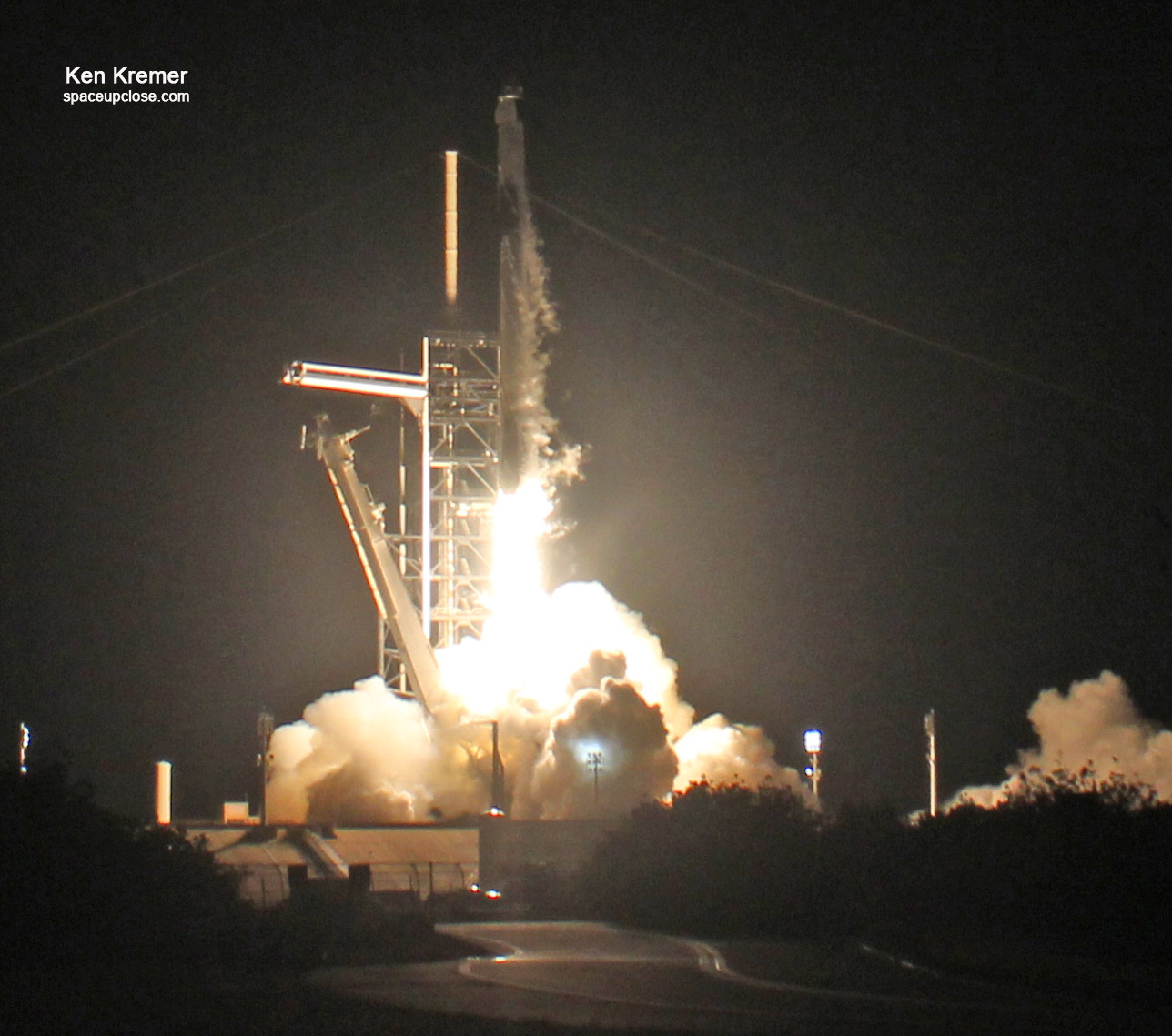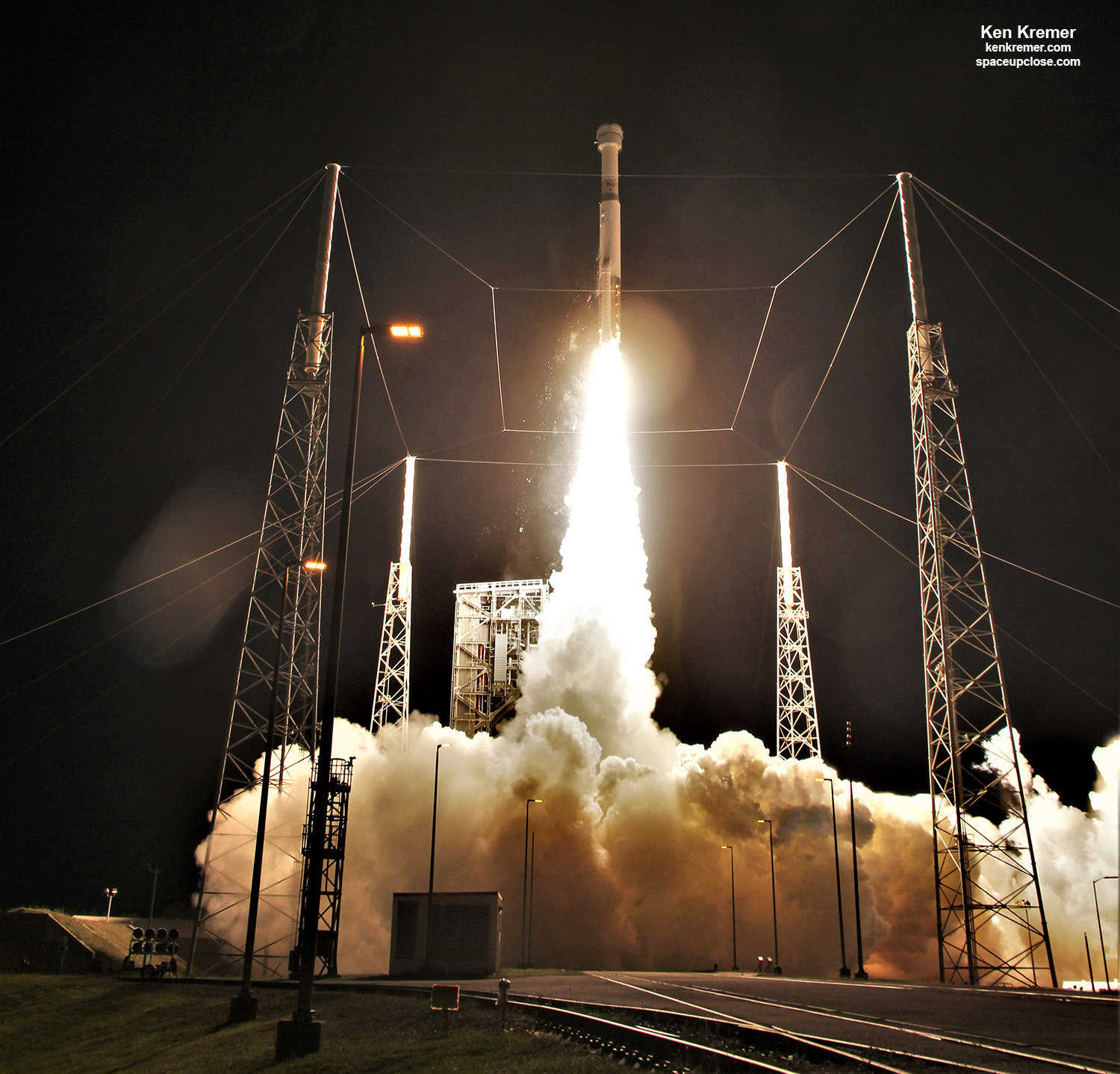
For SpaceUpClose.com & RocketSTEM
CAPE CANAVERAL, FL – Following the problem plagued maiden launch of Boeing’s Starliner astronaut crew capsule in December, the company announced they will fly a second uncrewed test flight to verify the space taxi is safe and reliable enough to be entrusted to launch NASA astronauts in the future to the International Space Station (ISS).
Boeing did not announce a specific date or timeframe for the 2nd uncrewed Orbital Flight Test (OFT) mission in a statement released on April 6.
The original OFT test flight failed to dock at the ISS as planned following launch on 20 December 2019 when a mission elapsed timing error caused the maneuvering thruster to fire longer than planned and expend excess precious fuel and place the Starliner ship in the wrong orbit.
Boeing officials confirmed that shortened testing protocols and failure to carry out an end to end test of the OFT mission caused their engineering teams to miss the software glitches with the mission elapsed timer and more that seriously degraded the first orbital flight test of the company’s Starliner astronaut space taxi in December and prevented the unpiloted capsule from docking to the International Space Station (ISS) as planned.
The goal of the 2nd OFT mission will be to accomplish all the objective planned for the 1st OFT mission including the critical docking at the ISS to prove NASA astrtonauts can safely fly to the station and return to Earth.
Boeing will pay all costs of the 2nd unpiloted OFT mission and not charge NASA and has already taken a charge of $410 million against its earnings to cover the expected costs of the test flight.
“We have chosen to refly our Orbital Flight Test to demonstrate the quality of the Starliner system,” Boeing announced in the statement on April 6.
“Flying another uncrewed flight will allow us to complete all flight test objectives and evaluate the performance of the second Starliner vehicle at no cost to the taxpayer. We will then proceed to the tremendous responsibility and privilege of flying astronauts to the International Space Station.”
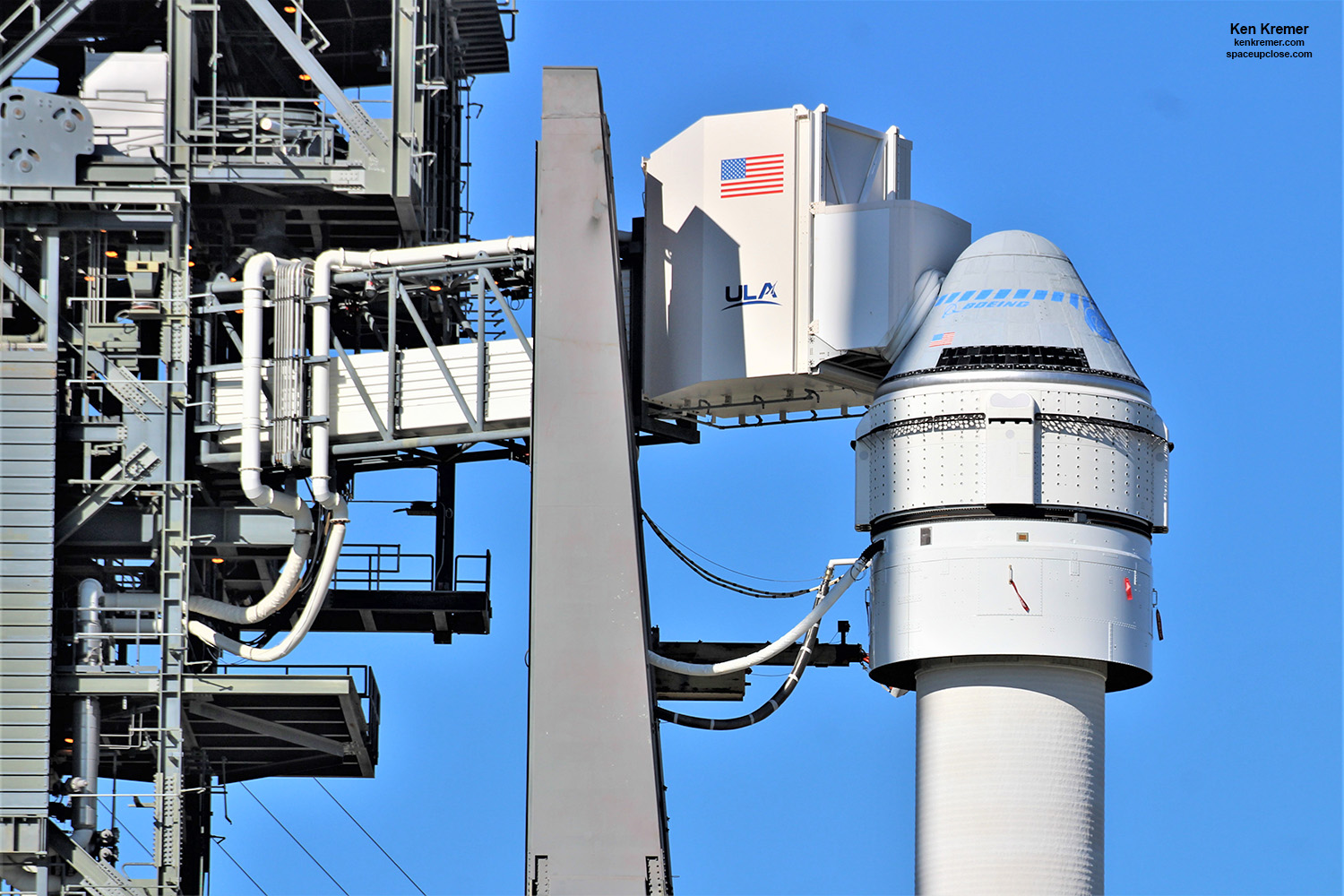
NASA agrees with and supports Boeing’s decision to refly the OFT mission before NASA astronauts will be permitted to board Starliner for missions to the ISS.
“Hats off to Boeing for recommending a repeat of their Orbital Flight Test for the @Commercial_Crew program. Corporate responsibility takes many forms, and this is one of them,” tweeted Douglas Loverro, NASA Associate Administrator for Human Spaceflight.
Hats off to Boeing for recommending a repeat of their Orbital Flight Test for the @Commercial_Crew program. Corporate responsibility takes many forms, and this is one of them. https://t.co/Qkl2JZ0WDd pic.twitter.com/0YyQg0RpIX
— Douglas Loverro (@DouglasLoverro) April 7, 2020
If Boeing had not decided on their own to refly OFT than they would have had to sought NASA’s permission on the way forward to human launches which would have required extensive analysis, reviews and meetings.
“Boeing has decided to fly a second uncrewed flight test as a part of NASA’s Commercial Crew Program. Although no new launch date has been set, NASA has accepted the proposal to fly the mission again and will work side-by-side with Boeing to resume flight tests to the International Space Station on the company’s CST-100 Starliner system,” NASA said in a blog post statement.
“If Boeing would have proposed a crewed mission as the next flight, NASA would have completed a detailed review and analysis of the proposal to determine the feasibility of the plan. However, as this was not the recommendation made by Boeing, NASA will not speculate on what the agency would have required.”
“The second uncrewed flight does not relieve Boeing from completing all the actions determined from the joint NASA/Boeing independent review team, which was commissioned following the flawed initial flight. NASA still intends to conduct the needed oversight to make sure those corrective actions are taken.”
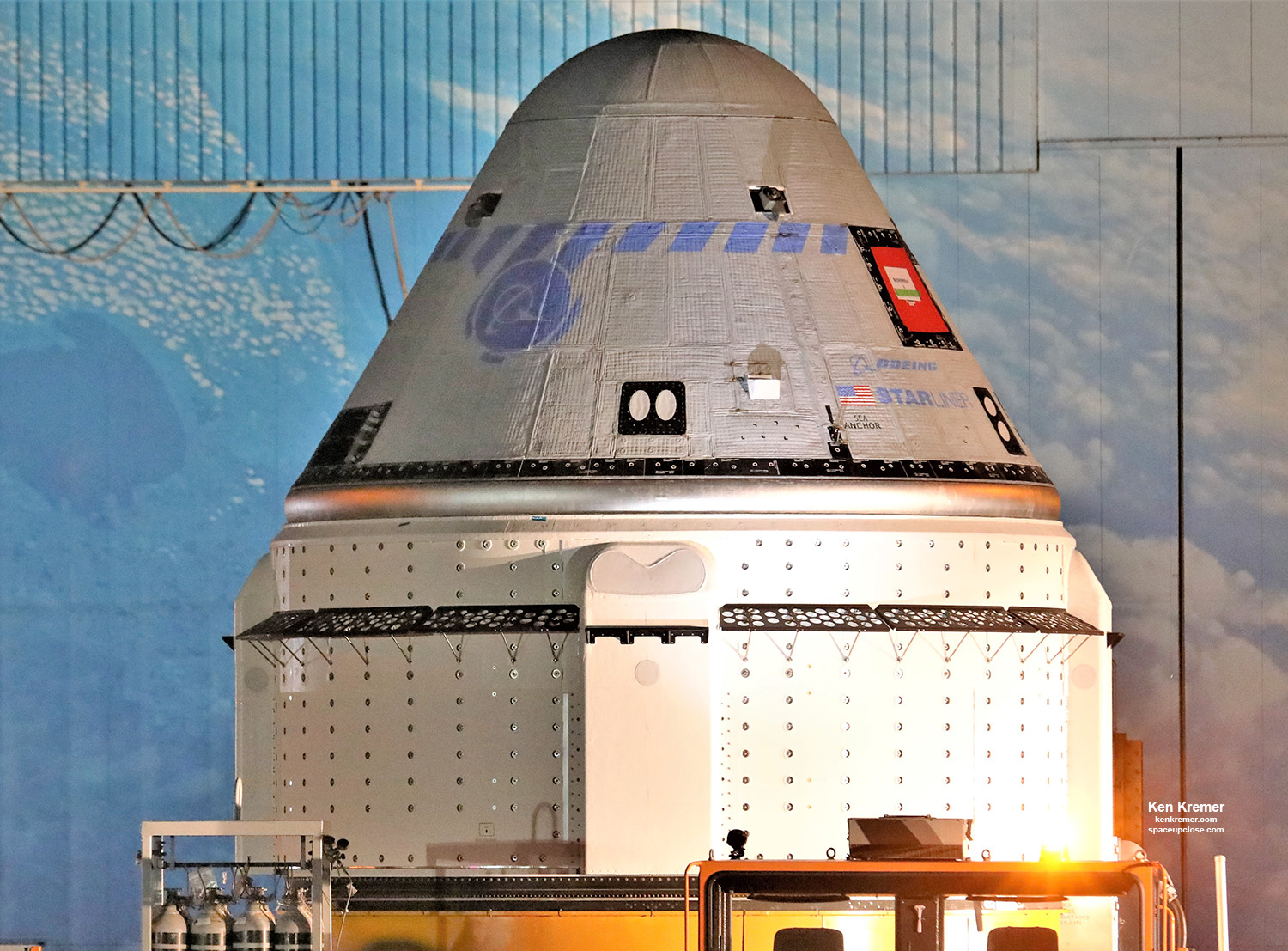
Although Boeing has not announced a target launch date, the Washington Post has reported October or November as a potential target.
But that depends not only on correcting all the flaws in OFT 1 but also on the continuing fallout from the ongoing coronavirus COVID-19 pandemic and resulting ongoing work slowdowns and stoppages to keep everyone safe.
“We are committed to the safety of the men and women who design, build and ultimately will fly on the Starliner just as we have on every crewed mission to space,” Boeing stated.
“NASA and Boeing are in the early stages of the decision to fly a second uncrewed orbital mission to the station, and a timeline for flying crew has not been determined,” NASA noted.
“Although completing a second uncrewed flight test was not in the timeline for returning U.S. human spaceflight on Starliner, NASA fully supports our Boeing partner’s commitment to flying astronauts as safely as possible.”
Launch of the CST-100 Starliner human rated spacecraft atop a United Launch Alliance Atlas V rocket took place at 6:36 a.m. EST (1136 GMT) Friday, Dec. 20, from Space Launch Complex 41 on Cape Canaveral Air Force Station.
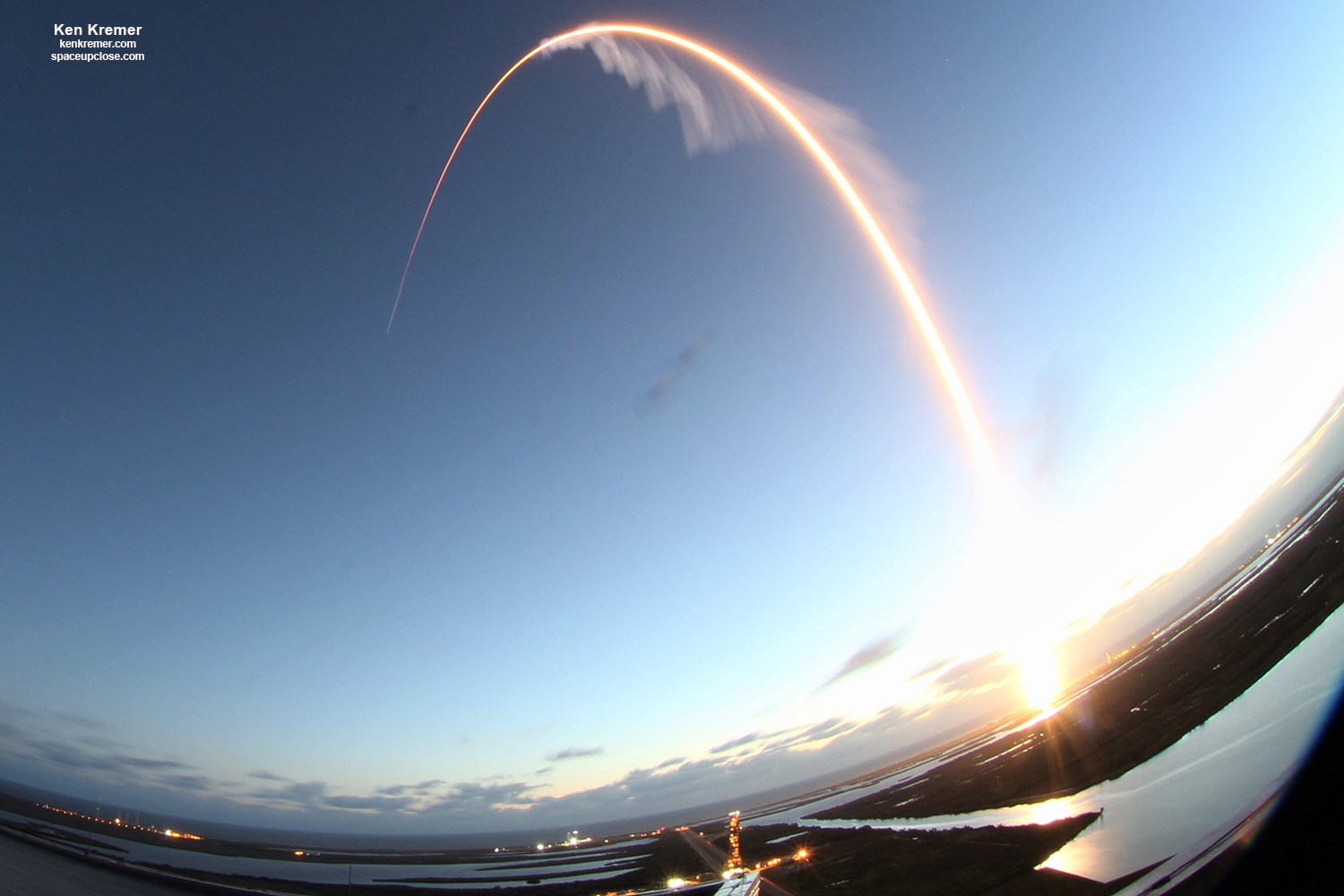
It did reach orbit and landed safely about 48 hours later Sunday, Dec 22, at 7:58 a.m. ET at White Sands Space Harbor in New Mexico after an abbreviated 2 day mission cut short by the timing failure that sent the ship into the wrong orbit and unable to dock at the International Space Station (ISS).
As a result of the software errors in the elapsed timer as well as another that could have caused a catastrophic collision during separation of the Starliner service module from the crew capsule shortly before the flight concluded with reentry into the Earth’s atmosphere the botched flight failed to dock at the ISS and was nearly doomed at the end.
The ULA Atlas V performed perfected and delivered Starliner right on target.
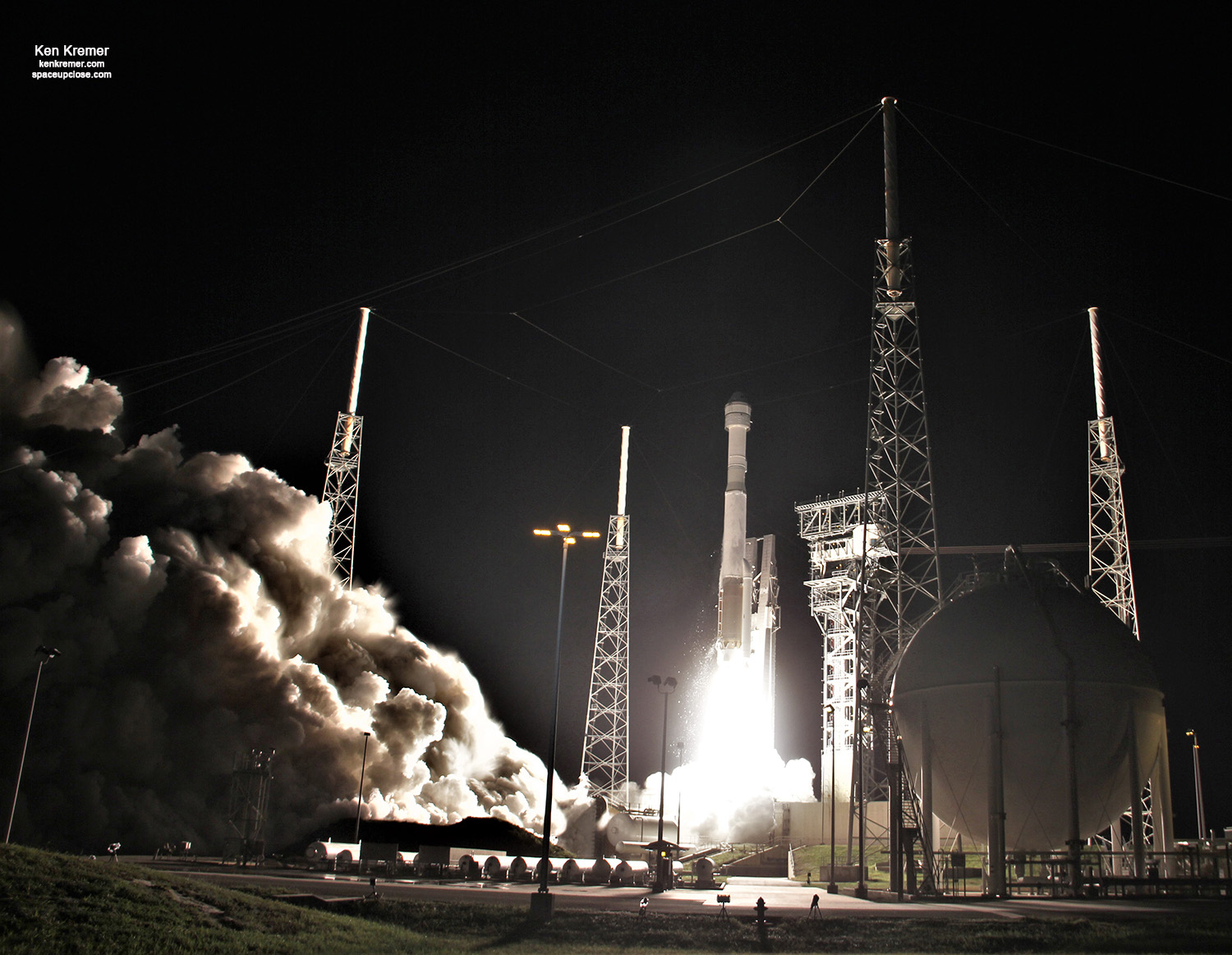
Starliner, and the competing Crew Dragon spacecraft from SpaceX, were both developed with some $7 Billion of funding under NASA’s Commercial Crew Program (CCP) started nearly a decade ago.
Both of the astronaut ferry ships are finally coming to fruition after years of delays from both funding shortfalls and technical hurdles.
The uncrewed OFT flight test was to be Starliner’s maiden mission to the International Space Station for NASA’s Commercial Crew Program.
The main objective of the mission was an end-to-end demonstration of Boeing’s ability to launch astronauts to the orbiting laboratory and return them home safely.
Barring unforeseen issue SpaceX will be first to launch American astrponauts to the ISS under NASA’s Commercial Crew Program – perhaps as soon as May.
My commentary about Starliner has been featured at WFTV Ch 9 ABC TV News Orlando, WESH 2 NBC TV Orlando, FOX 35 TV Orlando
https://www.wesh.com/article/watch-spacex-launch-starlink-satellites-space-coast/30964085
https://www.fox35orlando.com/news/nasa-proposed-budget-announced-amid-boeing-troubles
Watch Ken’s continuing reports onsite for live reporting of upcoming and recent ULA and SpaceX launches including Boeing Starliner, Crew and Cargo Dragon, Solar Orbiter, In-Flight Abort and Starlink at the Kennedy Space Center and Cape Canaveral Air Force Station.
Stay tuned here for Ken’s continuing Earth and Planetary science and human spaceflight news: www.kenkremer.com –www.spaceupclose.com – twitter @ken_kremer – email: ken at kenkremer.com
Dr. Kremer is a research scientist and journalist based in the KSC area, active in outreach and interviewed regularly on TV and radio about space topics.
………….
Ken’s photos are for sale and he is available for lectures and outreach events



